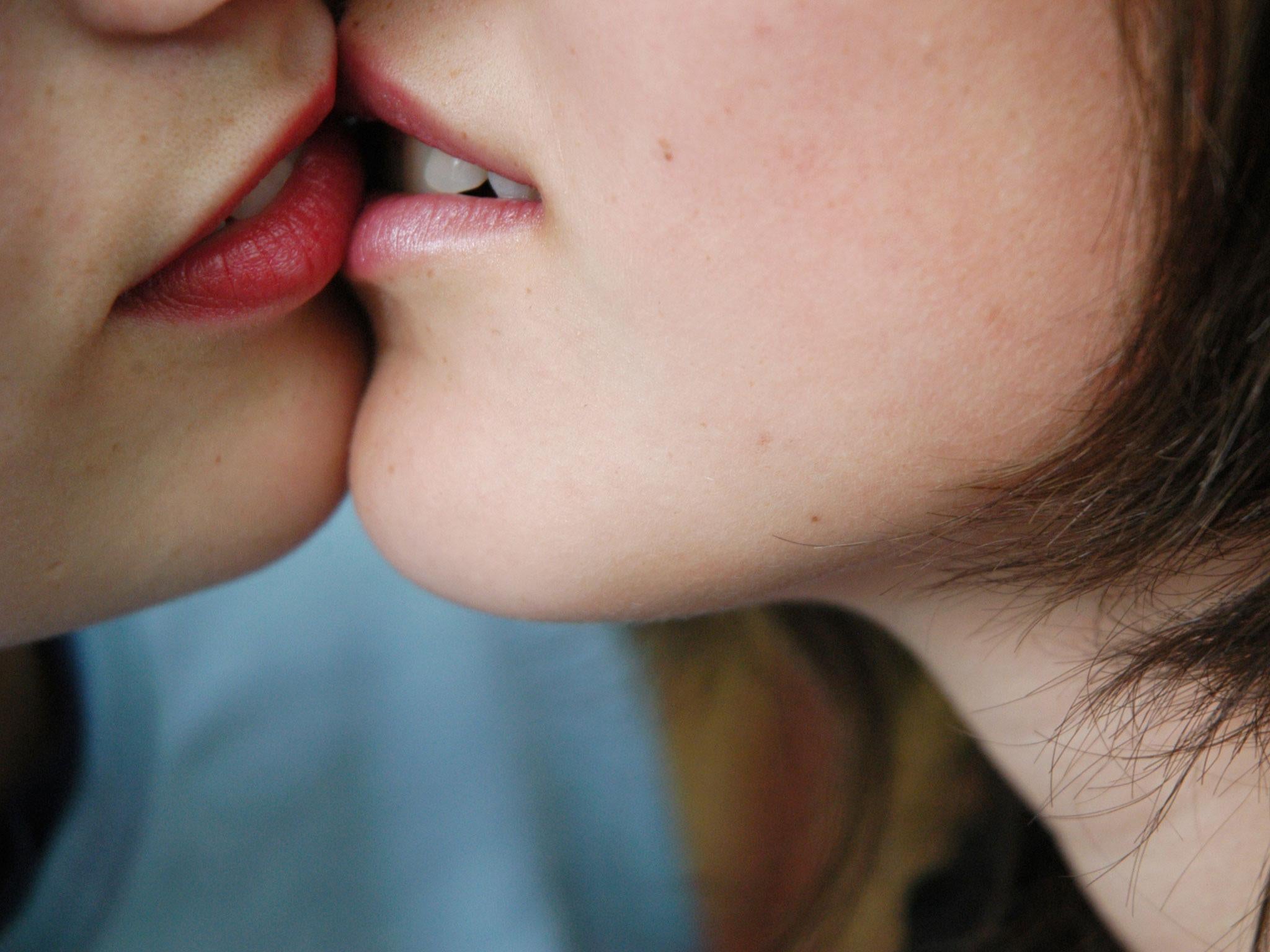Women are more likely to have sex with other women because of evolution, scientist claims
A growing number of people in the UK identify as bisexual, pansexual or 'not 100 per cent heterosexual'

Your support helps us to tell the story
From reproductive rights to climate change to Big Tech, The Independent is on the ground when the story is developing. Whether it's investigating the financials of Elon Musk's pro-Trump PAC or producing our latest documentary, 'The A Word', which shines a light on the American women fighting for reproductive rights, we know how important it is to parse out the facts from the messaging.
At such a critical moment in US history, we need reporters on the ground. Your donation allows us to keep sending journalists to speak to both sides of the story.
The Independent is trusted by Americans across the entire political spectrum. And unlike many other quality news outlets, we choose not to lock Americans out of our reporting and analysis with paywalls. We believe quality journalism should be available to everyone, paid for by those who can afford it.
Your support makes all the difference.Women are more likely to be sexually fluid than men because evolution historically required them to have sex with co-wives in polygynous marriages, an evolutionary biologist has claimed.
Many more women than men say that they experience same-sex attraction or have had a sexual experience with someone of the same gender. Last week research revealed that 1 in 4 women who self-identify as heterosexual have had a sexual experience with another woman. Other research has shown women who identify as heterosexual are more likely to experience arousal when shown pornographic material featuring women than heterosexual men are when they are shown similar material depicting men.
Dr Satoshi Kanazawa has advanced a new theory that this is due to older cultures, in which men often had multiple wives, using sex between them to form bonds and diffuse conflict. This subsequently increased harmony within familial units and benefited wider communities.
Writing in Biological Reviews Dr Kanazawa says: “The theory suggests that women may not have sexual orientations in the same sense as men do. Rather than being straight or gay, to whom women are attracted may depend largely on the particular partner, their reproductive status, and other circumstances.”
Another explanation for the difference in same-sex attraction prevalence rates between genders might be that men experience similar desire as women towards people of the same gender, but that particular social stigma about homosexual desire in men means they are less likely to disclose such attraction when they experience it. Some feminists have also argued that society is structured to promote sexualisation of women, which results in wider sexual arousal responses, whereas men are less likely to presented in sexually exploitative or reductive forms.
23 per cent of people in the UK describe their sexual orientation as something other than ‘100 per cent heterosexual’. Among young people aged 18-24, this rises to 49 per cent.
Join our commenting forum
Join thought-provoking conversations, follow other Independent readers and see their replies
Comments